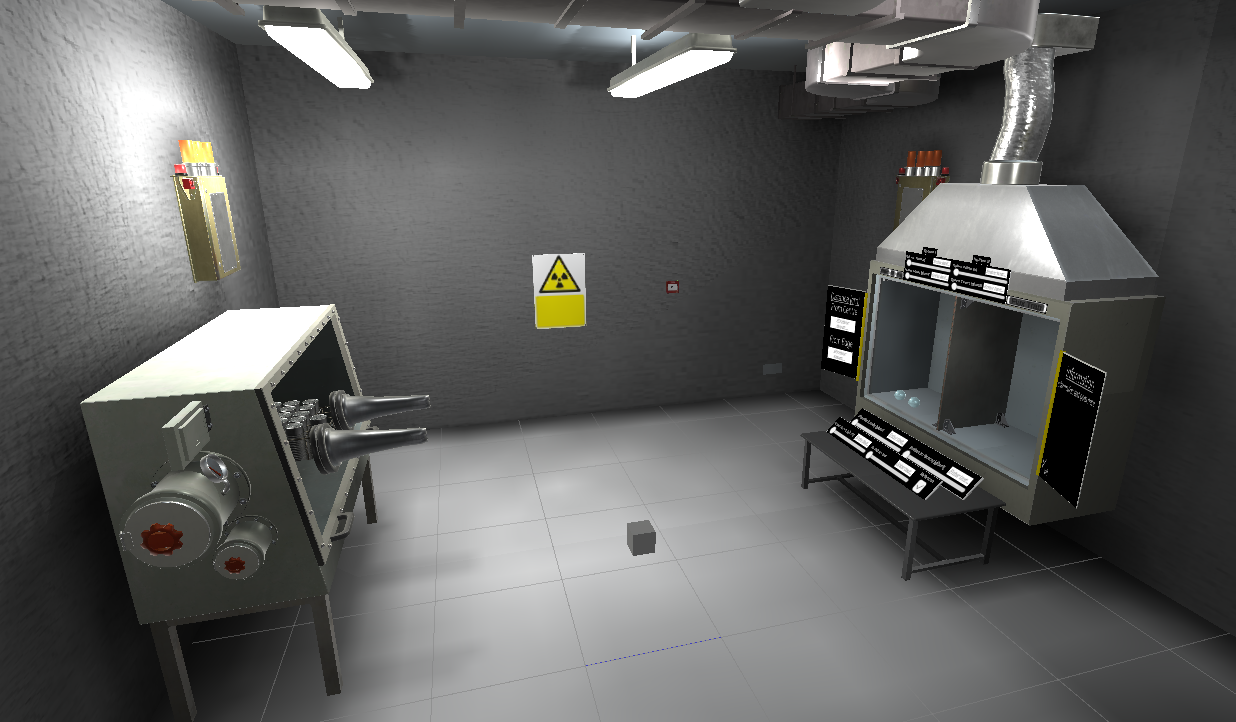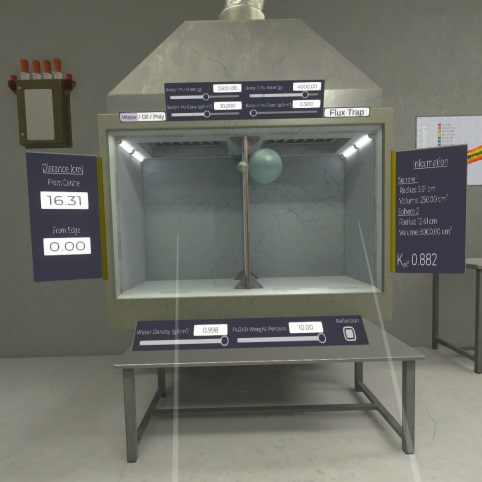Criticality safety can be complicated; there are many physical factors that determine the ‘k-effective’ of a system (i.e. if it can become ‘critical’). The interplay between these factors can be counterintuitive and the results are often difficult to explain. This can result in ineffective, PowerPoint heavy training sessions.
CARTA is a virtual reality criticality safety simulation tool that has been developed by Cerberus Nuclear to convey the factors that affect neutron multiplication in a readily intelligible and memorable way. CARTA does this by combining first-person computer game graphics and virtual reality to make immediately apparent the link between an operator’s actions and their effect on k-effective. As a result, trainees gain a deeper understanding of how criticality is prevented and why multi-parameter control is important.
The simulation below is a recreation of the criticality accident that occurred in Tokaimura, Japan in 1999. You can adjust the parameters on the right-hand side (uranium concentration, enrichment, fill level, and reflector height) and see the k-effective change in real time. The system can be made critical with high concentrations and enrichments, and a critical system can be shown to become sub-critical when the water reflector is drain (as was the case with the real accident).
This is a very simple simulation that shows the basic CARTA concept. You can sign up for a free account below to try out our MAGIC MERV simulation that includes many more parameters, and is available for purchase in VR, along with our Glovebox Process Simulation.




